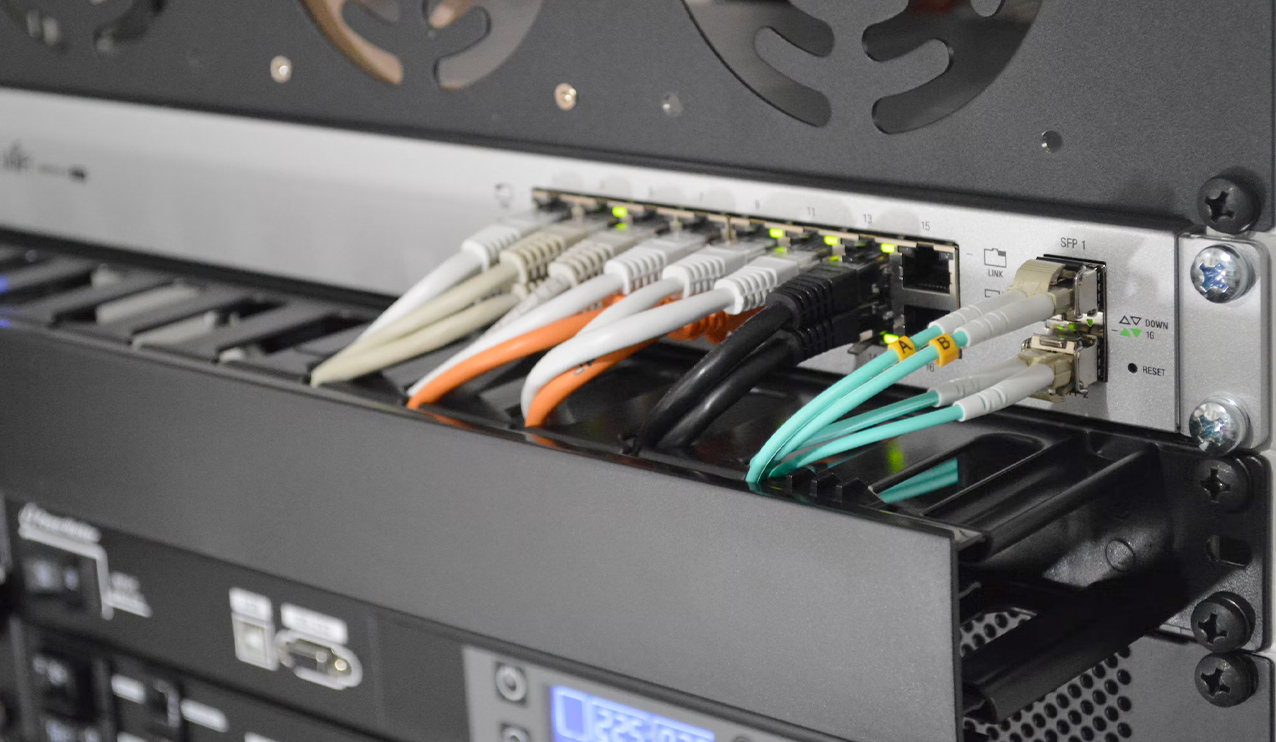As part of the digital transformation, professionally implemented network automation and the associated network automation tools are driving successful and efficient business processes today.
There are many design and application possibilities with Network Automation. In order to gain a basic understanding of this, we will introduce you to the various possibilities of network automation tools here.
The purpose of Network Automation
Simply put, Network Automation simplifies and accelerates the management of your network. Successfully set up network devices are automatically configured and tested by the Automation Tools. This eliminates a lot of manual work, especially for the simple and repetitive configuration processes in your company’s network landscape. Read more
The suitability of various network automation tools is determined by your business needs and goals. Depending on the tool, in addition to saving time, you can benefit from various additional advantages such as configuration backups, tool access controls, and compliance and performance monitoring.
The role of Network Automation Tools
Network Automation Tools are designed to create configurations using scripts and implement them on target devices. This allows your network administrators to make automatic and time-efficient configuration changes to any device. There are several tools that differ in compatibility, feature set, and the resulting agility in your business processes. The right choice of network automation tools depends on the existing infrastructure in your company and your desired results.
Types of Network Automation Tools
There are two types of network automation tools: vendor-dependent and vendor-independent. We show you the advantages and disadvantages of each.
In case of dependence on the manufacturer
- Very good support of devices from the same manufacturer
- Low implementation effort
- Poor or lack of support for devices from other manufacturers
- Poor expansion options
- High costs
In case of independence from the manufacturer
- Support for devices from different manufacturers
- Easily expandable with new devices
- Automation of manufacturer-dependent tools possible
- Greater impementation effort
- Quality of support may vary
Components of Network Automation
Which component of your network can be included in the automation depends on the choice of the network automation tool.
- Router (Cisco, Juniper, ...)
- Switches (Dell, HP, Cisco, Juniper, ...)
- SDN (Cisco, Arista, ...)
- Firewalls (Fortigate, Juniper, Cisco, Checkpoint, ...)
- Loadbalancer (F5, A10, ...)
Vendor-independent tools usually have the advantage that they can automate other components of your infrastructure:
- Virtualisation (VMWare, Xen, HyperV, KVM, ...)
- Containerisation (Kubernetes, Docker, ...)
- Storage (NetApp, Dell, ...)
We are happy to advise you on specific questions about the possibilities, tools and benefits for your network automation use case.



